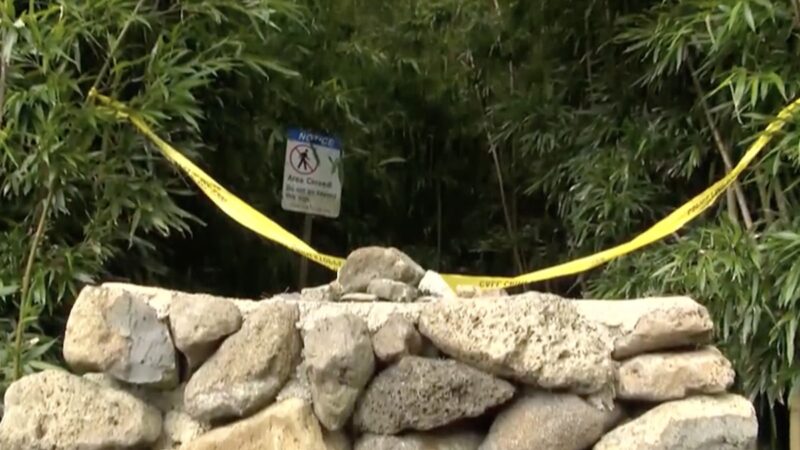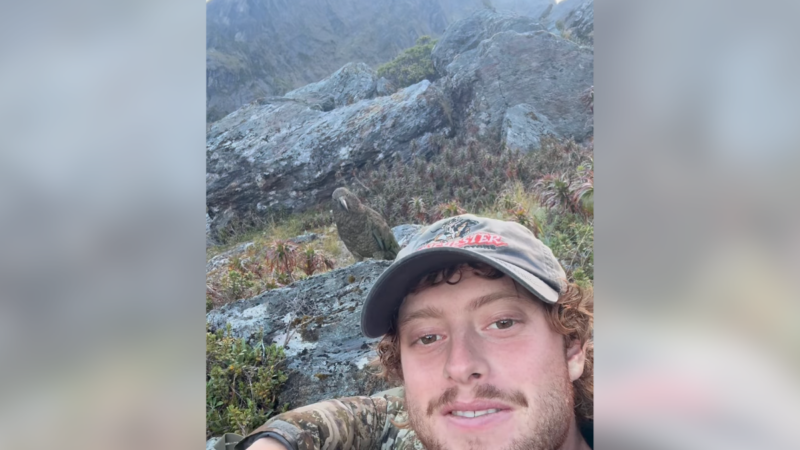5 of the Most Dangerous Rock Climbs in the U.S.
Rock climbing is an inherently dangerous sport, and according to Gitnux, the annual rock climbing fatality rate worldwide is around 30 deaths per year. Venturing into the realm of extreme rock climbing tests the human limits. It’s a place where the spirit of adventure collides with the unforgiving forces of nature.
These five climbing routes are renowned for their extreme difficulty, high risks, and potential for accidents, making them some of the most dangerous climbs in the United States. We’ve uncovered the top contenders for the title of “most dangerous” through word of mouth within the U.S. climbing community, sifting through forums, and pouring through reports.
Would you attempt any of the most dangerous rock climbs in the U.S.?
Note: The numbers indicate the challenge level in the Yosemite Decimal System (YDS), a grading system used to rate the difficulty of rock climbs in the United States, starting at 5.0 and up to 5.15. The notations after the grade used in this article indicate the level of protection or safety on the climb, and the letters after that indicate whether aid climbing is required (C1-C5) or the danger in order of most risk, the last being risk of death (PG13, R, X).

Double Cross 5.7+ in Joshua Tree, California
One of the most popular climbing routes in the beautiful park of Joshua Tree, Double Cross 5.7+ can also be one of the most dangerous. Requiring “jamming” technique, which is when you place a hand or body part between two pieces of rock and intentionally get it stuck, this route is notorious for being a spot for some serious accidents.
The page for the route on Mountain Project, a popular online platform and community for climbers, says Double Cross has been the site of several injuries and a few fatalities over the years. Another description points to the fact that the climb requires nearly 20 feet of challenging climbing to a flaring crack before any protective gear can be placed.
In fact, there’s an entire forum on the Mountain Project website dedicated to the danger of this specific climb. One contributor anecdotally quoted a ranger’s claim stating that there have been up to five deaths per year on Double Cross. Opinions are mixed on whether it’s the climb itself that makes it so dangerous or the fact that the climbers choosing this route tend to be more inexperienced.
According to Gitnux, which summarizes statistics around climbing accidents, “over 60% of all climbing accidents are caused by human factors, such as judgment errors, inexperience, or health issues.” Gitnux doesn’t explain this conclusion in detail, but there could be some truth there.
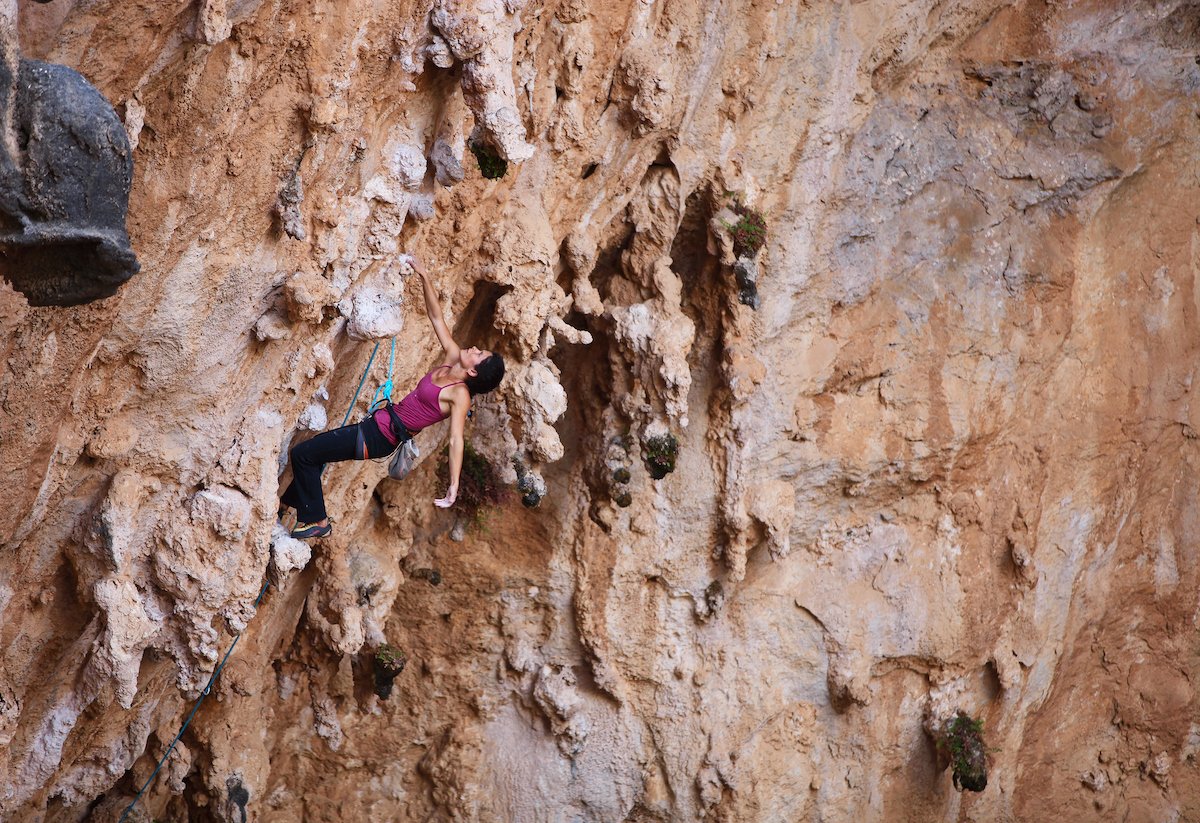
Bachar-Yerian 5.11c X is in Tuolumne, California
Characterized by being “severely runout,” meaning it either has no permanent protection placed in the rock or no protection is available, Bachar-Yerian is graded with the terrifying “X.”
This route comes with an immediate warning and is said to be responsible for many broken ankles and legs. A climb with this level of danger only attracts those who climb with the mindset that you aren’t allowed to fall. Since only certain athletes can achieve that, it’s presumably only attempted by those whose upper limit of climbing ability is much higher in the YOS than 5.11.
A climber on Mountain Project writes about one exception and the unfortunate result: “While they probably did not belong on the route, they broke an ankle taking a 60+ footer for a second time, on the second pitch I think.”
A 60+ footer means the climber fell more than 60 feet, which is more than enough of a distance to cause serious injury and harm. Thankfully, the fall this climber witnessed was not fatal.
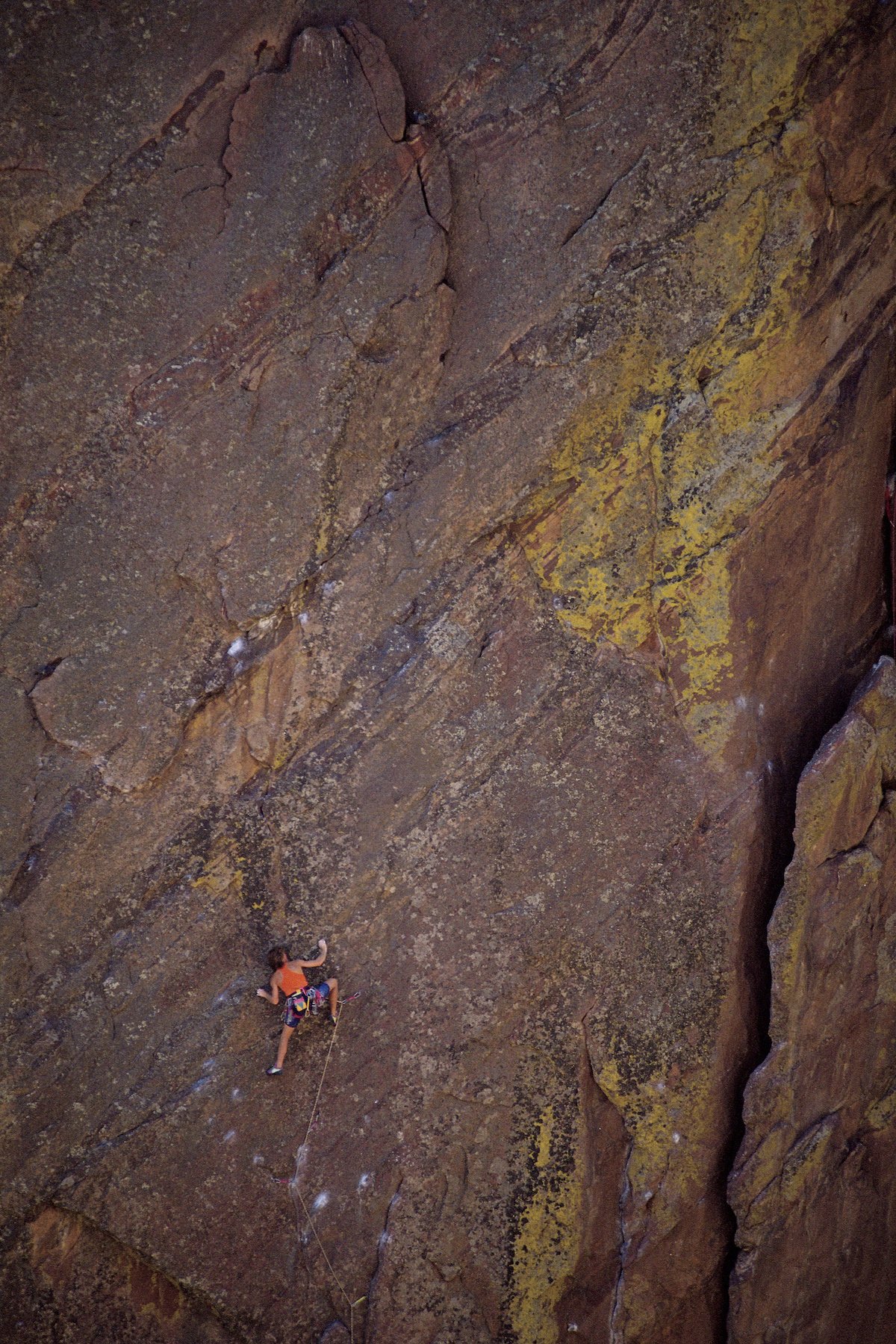
Werk Supp 5.9 in Eldorado Canyon, Colorado
Eldorado Canyon in Colorado already has a reputation for being “bold” or requiring extra courage to ascend its routes characterized by slick rock and minimal protection. There is even a route called Sheer Terror.
Werk Supp, a seemingly “moderate” climb, since it’s fairly low on the YOS scale, has claimed multiple lives and acquired a frightening reputation.
More than three lives have been claimed from soloing this route alone, and according to a Mountain Project forum, this specific route had two fatalities days apart. It was even featured in Climbing magazine in 2010 after multiple accidents took place in a short period of time.
In the article, writer Craig DeMartino recalls a terrifying instance when one climber, Michael Hankins, fell to the ground right in front of the family and girlfriend of another climber, Preston Brennan, who had fallen from the same spot. The family had visited the spot to seek closure. Sadly, neither of the climbers survived.
Accidents on the infamous Werk Supp seemed to have faded during the last 10 years. After claiming so many lives, the climb seems to have dipped in popularity.
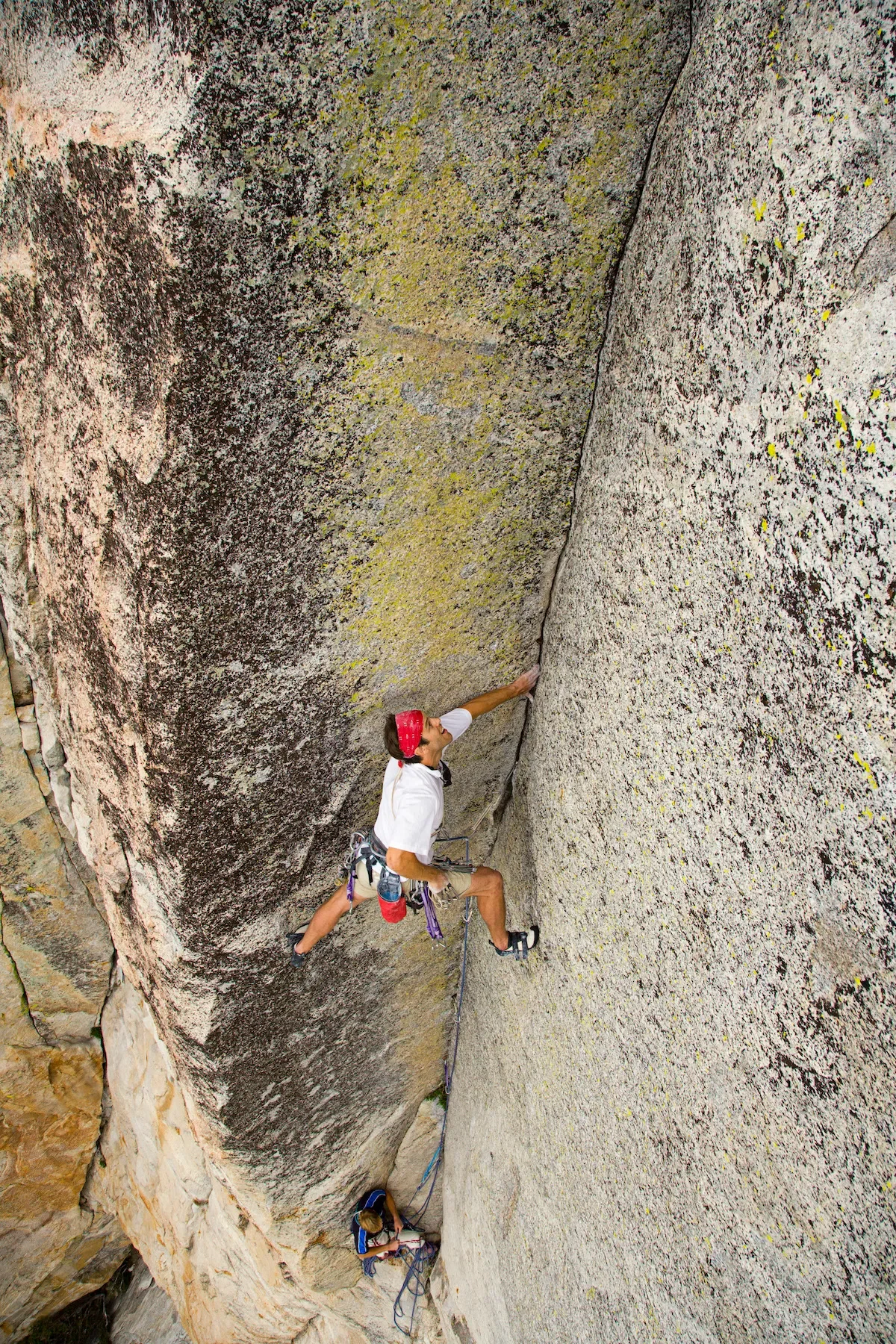
Any Climb in Tahquitz Rock, California
Tahquitz Rock is a renowned granite climbing destination in Southern California’s San Jacinto Mountains, offering a wide range of challenging and classic routes. Type it into an internet search bar, though, and you’ll stumble across many startling accounts of accidents.
Sadly, this includes a fatal fall for the late NFL player Gavin Escobar. Escobar played in the NFL as a tight end from 2013 to 2019 for a number of teams, but mostly with the Dallas Cowboys.
Tahquitz Rock is notorious for its loose rock and objective hazards, including occasional rockfall, making it essential for climbers to exercise caution and use proper safety measures. Besides loose rock, it’s also known for challenging anchors/protection and occasional severe weather.
It may not have the hardest grades, but perhaps because it is accessible, it may be approached too casually by climbers. Statistically, those with more experience tend to have more accidents, perhaps due to overconfidence leading to simple mistakes.
One climber in an online forum weighed in, saying: “The traditional ethic at Tahquitz plays a role also, arguably. Numerous of these accidents have involved anchor failure, pulled protection, or falls without protection. At least some of these accidents would not have occurred if there were a more modern bolting ethic, especially at anchors.”
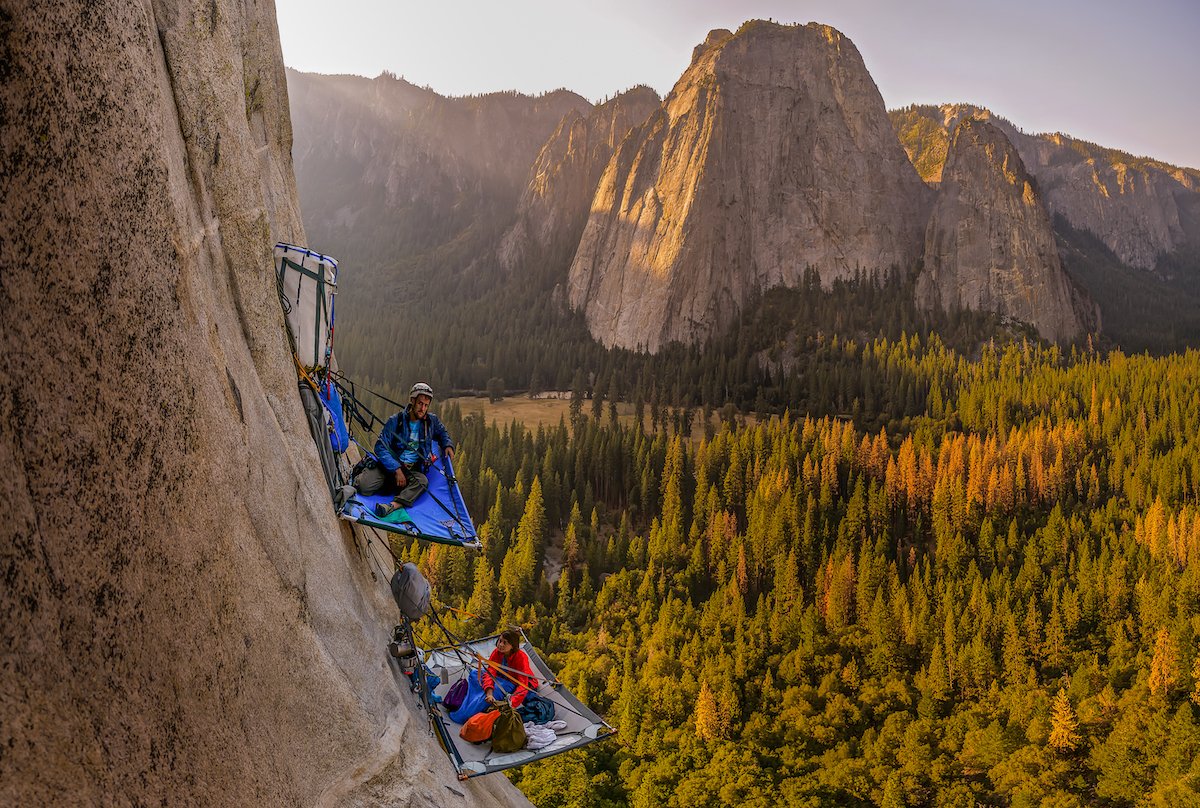
Pretty Much Any Climb on El Capitan in Yosemite National Park, California
In Yosemite National Park, there isn’t just one climb that can claim “the most dangerous,” but in 2019, El Capitan witnessed six deaths, which is the highest number of fatalities recorded at a specific climbing location in one year.
A few of the most popular climbs include the Nose 5.9 C2 and Freerider 5.13 PG13. The Nose 5.9 C2 is one of the most iconic and challenging climbs in the world, requiring several days to complete and forcing climbers to sleep on the wall overnight with free-hanging mattresses called portaledges. Its length, around 3,000 feet, exposes climbers to significant objective hazards, such as rockfall and inclement weather.
The route is highly technical, involving a combination of crack climbing, aid climbing, and free climbing, making it physically demanding and mentally exhausting.
Freerider 5.13 PG13 is also on El Capitan, and it’s known for being one of the most difficult free climbs on El Capitan. It’s also the famous route that Alex Honnold climbs without ropes or protective gear in Free Solo.
This comparably long climb also demands exceptional physical strength, endurance, and precise technical skills. Climbers face long, exposed sections with few resting opportunities and the potential for severe falls.
Source: https://outdoors.com/most-dangerous-rock-climbs-in-the-u-s/

